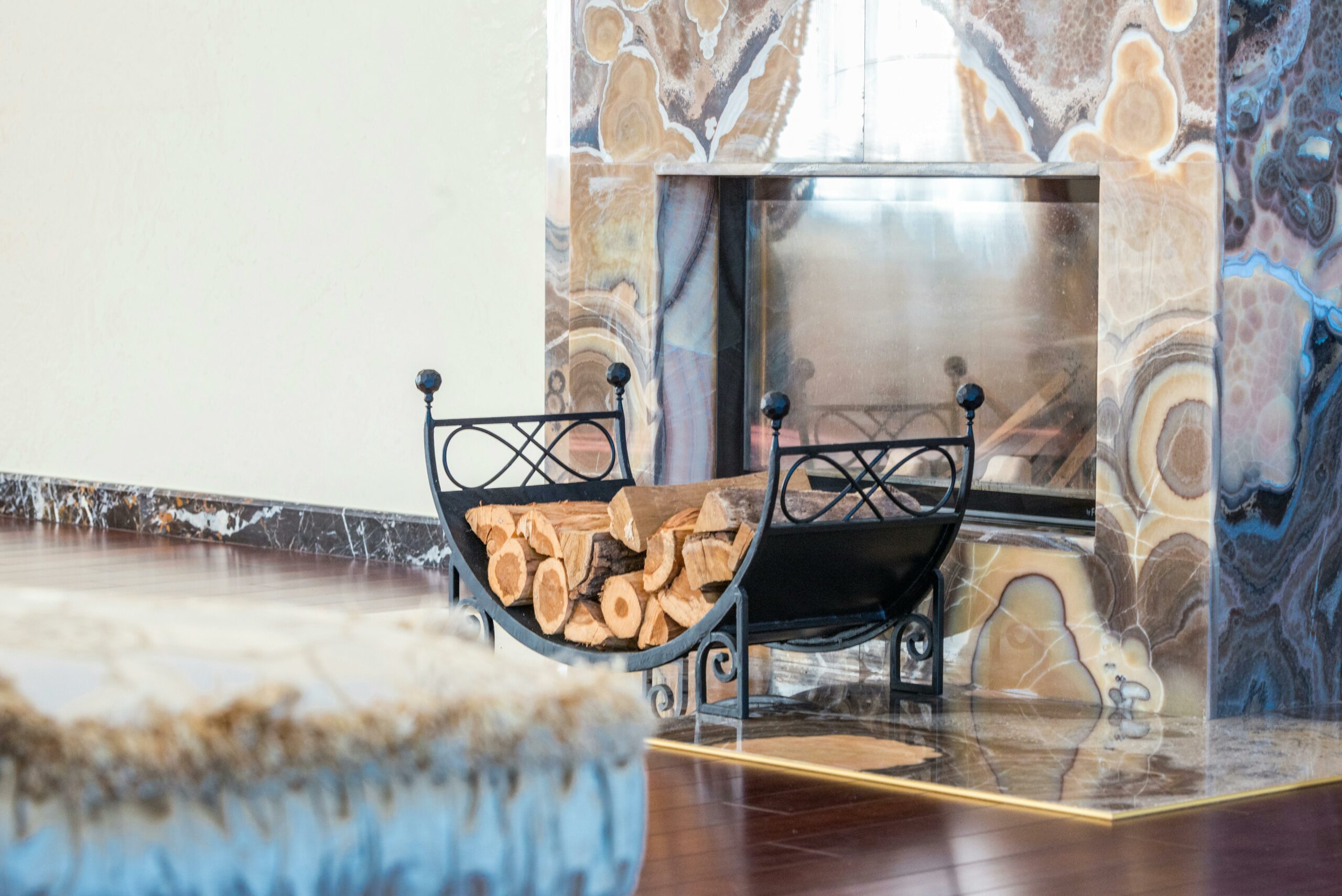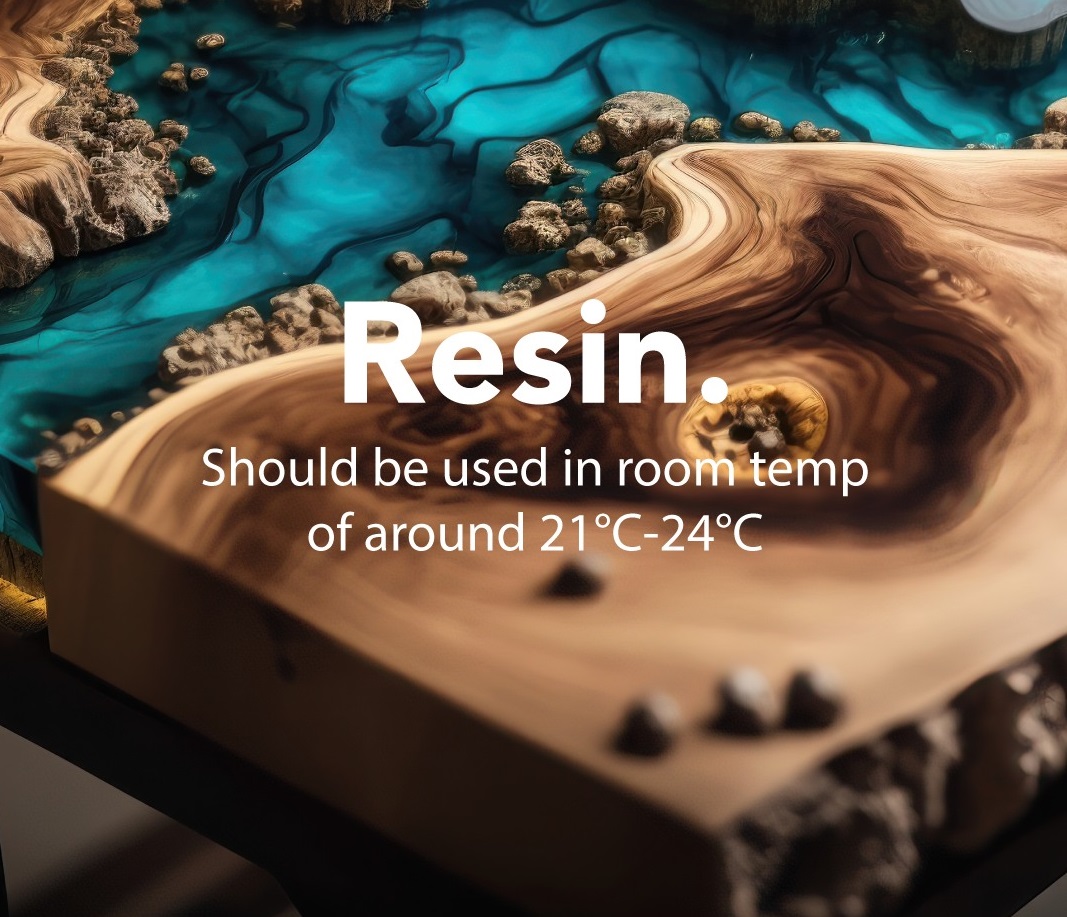Using Epoxy Resin as a Finishing Agent for Wood, Marble, and Concrete

Epoxy resin is a versatile finishing agent that enhances the appearance and durability of various surfaces, including wood, marble, and concrete. Known for its strong adhesive properties and glossy finish, epoxy resin is a popular choice for DIY enthusiasts and professionals alike. Here’s a guide to using epoxy resin as a finishing agent for these materials.
- Preparing the Surface
Before applying epoxy resin, proper surface preparation is crucial:
- Wood: Sand the wood surface to a smooth finish, removing any dust, dirt, and oil. Fill any cracks or holes with wood filler and let it dry completely. A clean, dry surface ensures a strong bond and a smooth finish.
- Marble: Clean the marble thoroughly with a mild detergent and water to remove any stains and grime. Allow it to dry completely. If the marble has any chips or cracks, repair them with an appropriate filler.
- Concrete: Clean the concrete surface using a pressure washer or a scrub brush with a mixture of water and mild detergent. Repair any cracks or holes with concrete filler. For indoor surfaces, ensure the concrete is completely dry before applying epoxy.
- Choosing the Right Epoxy Resin
Select an epoxy resin suitable for the specific material and intended use. Clear, UV-resistant epoxy resins are ideal for preserving the natural look of wood and marble, while tinted or colored resins can be used for decorative concrete finishes. Ensure the resin you choose is compatible with the surface and environment (indoor or outdoor).

- Mixing the Epoxy Resin
Follow the manufacturer’s instructions for mixing the epoxy resin and hardener. Typically, this involves mixing equal parts of resin and hardener in a clean container. Mix thoroughly for several minutes to ensure a consistent blend, but avoid introducing air bubbles. If bubbles form, gently tap the container on a hard surface to release them.
- Applying the Epoxy Resin
- Wood: Pour the mixed epoxy resin onto the wood surface and spread it evenly using a foam brush or a squeegee. Work quickly but carefully to cover the entire surface. Use a heat gun or a torch to remove any remaining air bubbles by lightly passing it over the surface.
- Marble: Apply the epoxy resin similarly, ensuring even coverage. For marble, a thinner layer is often sufficient to enhance its natural luster. Use a foam roller to spread the resin smoothly and remove any bubbles with a heat gun.
- Concrete: Pour the resin over the concrete surface and use a notched squeegee to spread it evenly. For larger surfaces, work in sections to maintain control over the resin application. A heat gun can also be used to eliminate air bubbles and ensure a smooth finish.
- Curing and Finishing
Allow the epoxy resin to cure according to the manufacturer’s instructions, which usually takes 24 to 48 hours. During this time, keep the surface free from dust and debris. Once fully cured, the surface will have a high-gloss, durable finish. For added protection, you can apply a second coat of epoxy or a polyurethane topcoat.

- Maintenance
Epoxy-finished surfaces are easy to maintain. For wood and marble, regular cleaning with a soft cloth and a mild detergent will keep the finish looking pristine. For concrete, periodic resealing may be necessary, especially for outdoor surfaces exposed to weather elements.
Using epoxy resin as a finishing agent can transform wood, marble, and concrete surfaces into stunning, durable features. Whether you’re protecting a wooden tabletop, enhancing marble countertops, or adding a decorative touch to concrete floors, epoxy resin offers a professional, long-lasting finish that enhances both the appearance and functionality of these materials.
Comments
Add comment